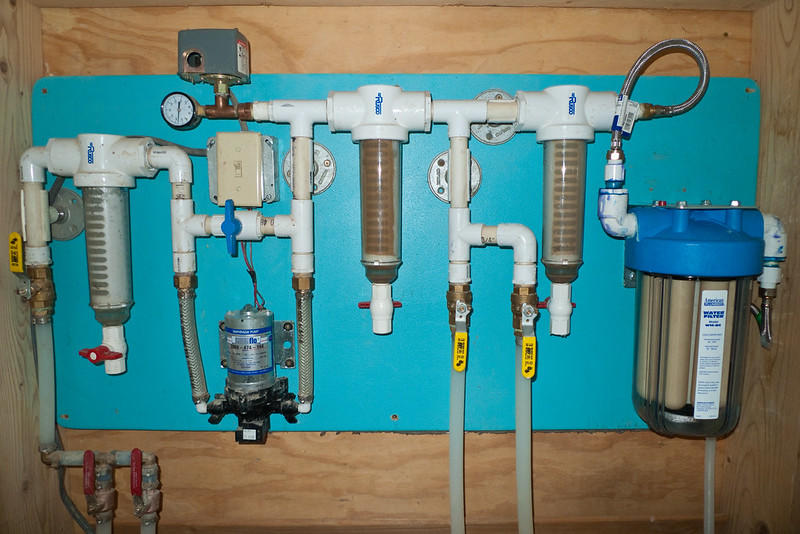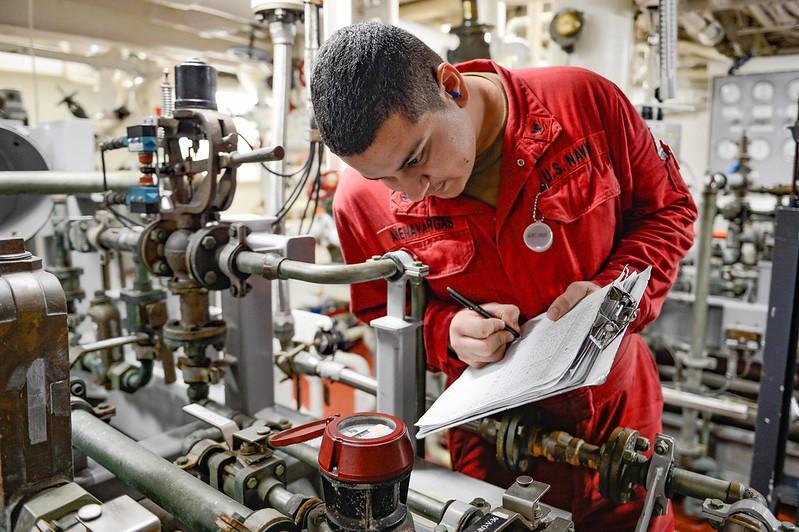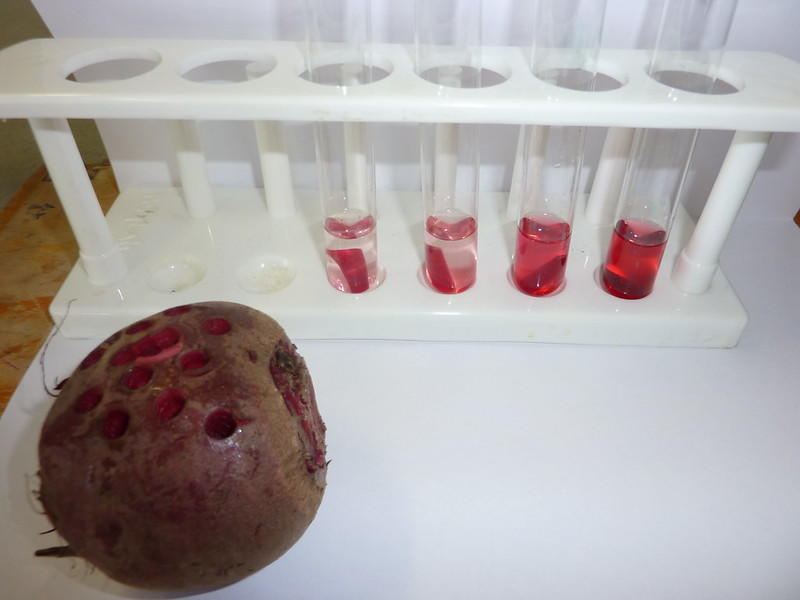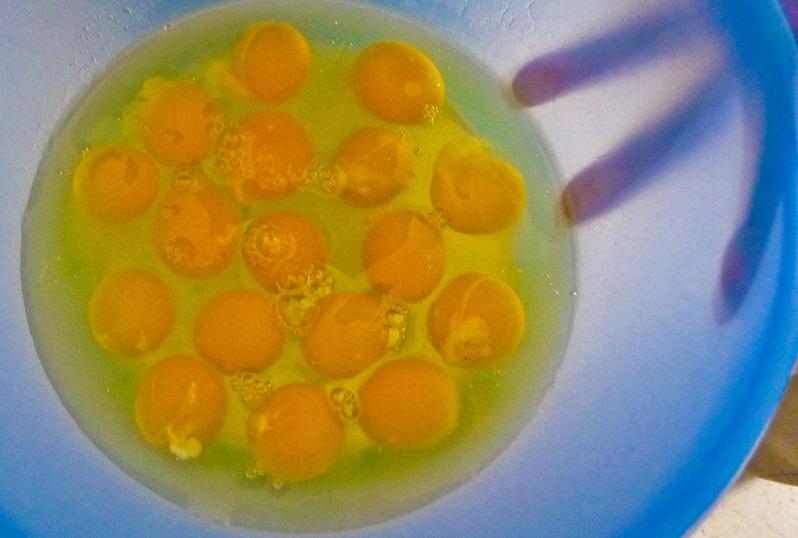Are you a Life Sciences student? If you are, you may have heard the term osmosis being used all too often. So often does the word osmosis bounce around the mouth of your Life Science teacher that we wouldn't blame you if you can already define it on your own:
Osmosis is when a liquid solvent passes through a selectively permeable membrane from an area of high concentration to an area of low concentration.
Sounds pretty simple to memorise, doesn't it?
Well, the hard part comes from understanding how osmosis actually takes place.
In fact, it is true that osmosis occurs within our bodies. When you think about osmosis, think of it as the body's way of sustaining itself. Osmosis, doesn't only occur in animals, but in plants as well. Osmosis is the way in which the roots of a plant get their water from the soil.
So now that you get the gist of what osmosis is and why it is important to learn about this process, let us explore the process even further. Once we explore osmosis, we can view the difference between osmosis and diffusion.

Exploring Osmosis Even Further`
To put it correctly, the process of osmosis entails equalising the concentrations of the solute on either side of a semi-permeable membrane. Osmosis occurs when one side has a higher concentration of water than the other side. The side in which there is a lower concentration of water is the side that has the potential for water. As such water molecules cross the semi permeable barrier so that the water content can remain equalised on both sides.
Osmosis is a rather spontaneous process.
Perhaps you are munching on a snack as you read this. The food that you are eating will move from your mouth to the oesophagus and thereafter to your stomach. Within the stomach, the food that you have eaten will be broken down into smaller pieces and become mixed with stomach liquid. This process is called chyme. The chyme moves to the small intestine and it is here that osmosis takes place.
Osmosis doesn't only happen in the body, it takes place in the water filteration process as well. Reverse osmosis is one of the most popular water filteration processes used in South Africa.

If you are interested in exploring more about Life Sciences, consider learning more about biological definitions by referring to this article on cell biology. Why not also learn all about the functions of cell structures as well?
What is Osmosis?
The osmosis process occurs when you drink some water and your body acts to absorb it. Don't forget the concentration gradient.
The concentration gradient relates to the concentration of particles dissolved in a solution. Where there is a heavier concentration of solutes on one side of a semi-permeable membrane than on the other, osmosis occurs.
If you place some sugar in a cup of water, the area in which the sugar has settled has the highest concentration gradient in the cup. When you stir the cup and the sugar becomes fully dissolved, it will be more equally distributed in the cup. Once the sugar is dissolved, the solution is believed to have fully reached a point of equilibrium.
Did you know that the oxygen within your body follows the same rule of concentration gradients diffusing entirely to areas of low concentration from areas of high concentration?
This is how the blood cells within your body gain oxygen.
If you find all this talk about osmosis and diffusion too difficult to latch onto, consider reaching out to a Superprof Life Sciences tutor to help.

Osmosis Examples
You may know all too well that osmosis is the simple push of water through a semi-permeable barrier. In most cases the osmotic pressure is determined by the concentration of solute. Water will therefore have to work harder to access an area with a higher solute concentration.
While all that biological jargon is easily understood, let's look at how osmosis takes place in the real world. Think about this for a second ... What usually happens when you eat salty food?
You might answer that when you eat salty food, you feel thirsty. This is because the salt concentration in one area is too high and thus the higher concentration of salt triggers osmosis.
Even when you soak seeds in water and the seeds swells, this is an example of osmosis in practice.
Did you know that kidney dialysis entails osmosis? When waste is removed from the kidneys, osmosis occurs to get water out of the waste material. The same process is responsible for the removal of waste products from the blood.
The Potato Osmosis Experiment
If you are keen on seeing how osmosis works in real life, try out the following experiment.
Use dried up slices of potato and bowls containing different amounts of salt water. We would suggest that you use a number of bowls, each one filled with water. One bowl must be filled with water only, but different amounts of salt must be placed in the others, along with water. You will notice that in the bowls containing salted water, the speed at which water leaves the potato differs.
The potato slices in the bowls containing more salt will lose water faster, and will reduce in thickness and size.
Since you are conducting the potato experiment to test the presence of osmosis, you need to ensure that you note down your findings. Much like a science, experiment, the recording in a Life Sciences experiment are very important. Like with most Science experiments, it is important to test your findings and repeat the experiment several times to see if you get consistent results.
It is through osmosis-related experiments that you observe and learn more about the process, so why not rope in a Life Sciences tutor who will make learning all about the process of osmosis easier and much more fun as well.

Now that we have looked at osmosis in some detail, let's consider how osmosis is different from diffusion.
The Differences Between Diffusion and Osmosis
Page through your Life Sciences textbook. Do you spot the words osmosis and diffusion?
Osmosis and diffusion are concepts that you will come across often, and thus it is time that you learn them side by side.
In essence, both osmosis and diffusion deal with equalisation of the concentration of solutions. However, everything from when osmosis and diffusion take place can show the differences between the two processes.
Diffusion occurs at any time, while for osmosis to occur there has to be a semi-permeable membrane involved. While only water passes through the membrane in osmosis, with diffusion, both the solvent and solute can pass through.
Osmosis is commonly defined as the movement of liquids from areas of high concentration to areas of low concentration. Diffusion, on the other hand, is the transfer of the solute and solvent from areas of low concentration to areas of low concentration.
During diffusion, it is such that the diffused substance fills any space that is available whereas when osmosis occurs it is not necessary for the solvent to be equal on both sides.
Hydrostatic pressure may interfere with the osmosis process, however, it never interferes with the diffusion process. What osmosis and diffusion have in common is that both processes are passive processes.
You may have got the gist of the differences between the two processes, however, we suggest you do further study to fully understand both interlinked processes. You may benefit a lot more should you choose to study the subject with a qualified Life Sciences tutor.
Check the Superprof website to search for the ideal tutor to help you understand not only the theory behind biological concepts but also the application needed to fully understand this subject.















